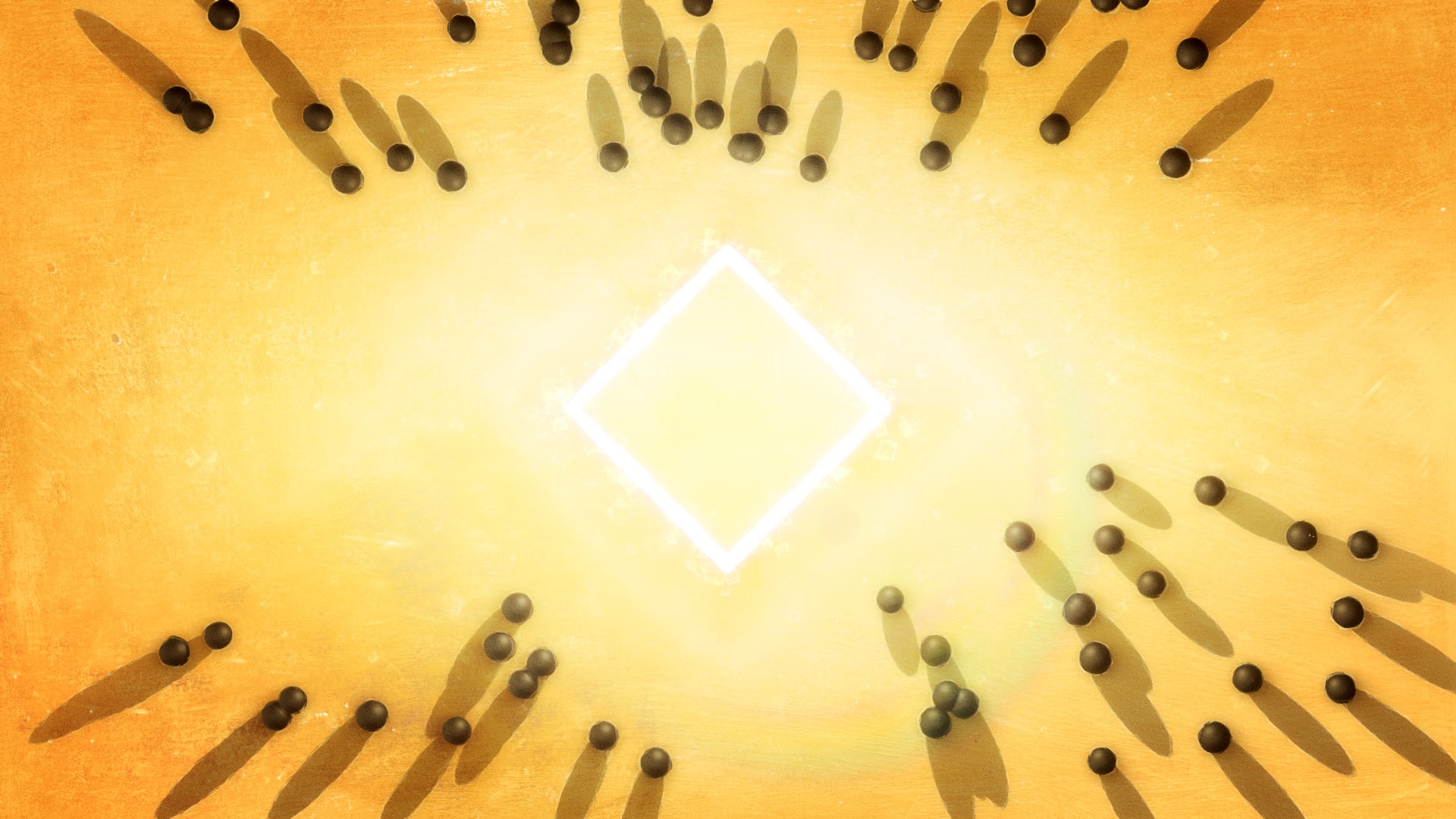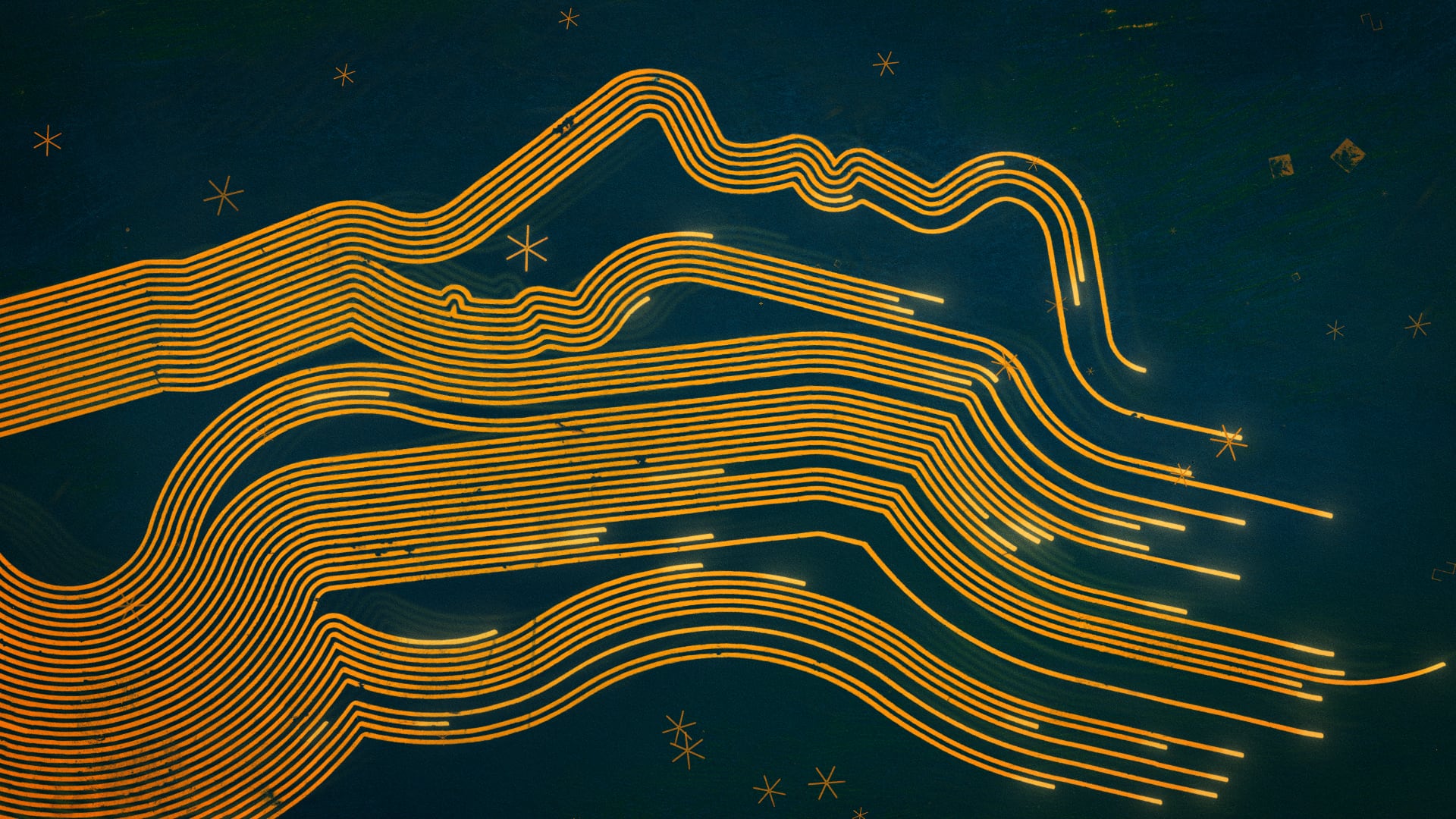Celebratory campaign – Cel Latviju ar darbu, dziesmu, valodu (Raise Latvia with work, song, language)
Brief description of the project
To encourage people not to give in to the sadness of autumn darkness, the Riga City Council created the celebratory campaign Raise Latvia with Work, Song, Language in honour of Latvia's birthday. The campaign highlighted the fact that freedom and state-hood are a process. The campaign featured artwork by Paulis Liepa, urban installations of Latvian folk songs with illuminated letters, an original soundtrack and an animated TV commercial that encouraged people to ask personal questions about what Latvia and being a Latvian mean to each of us.
Originality and creativity of the idea
The urban environment of Riga is a communication channel with hitherto untapped potential for creating integrated communication campaigns, especially during celebrations. Therefore, we chose to experiment with different formats and some of the big billboards in the urban environment which the residents of Riga are already familiar with. We turned the billboards into illuminated big letters – quotes from folk songs –which looked marvellous next to the golden artwork of Paulis Liepa. Furthermore, for the first time in history, we commissioned a unique soundtrack and an animated Riga TV clip which contained just the main message of the campaign – without the presence of politicians or political content.
Definition of the problem and the relevance of the applied solutions
November is always a dark, gloomy, and rainy month. In addition, there were very strict Covid-19 restrictions during November of 2021 –no public events were allowed, and the curfew began at 8pm. We asked ourselves: how can the city of Riga cheer up its residents without hosting cultural events? Until now, the poster stands and poster poles belonging to the city of Riga have been used only for informative purposes, not as a tool for reflecting communication concepts or a means of designing the urban environment. And there has never been an integrated campaign with a unified visual and ideological message delivered through all available communication channels. Therefore, when looking for ways to greet the residents of Riga this year, the answer was primarily found in the urban environment. We used the existing darkness in the city, and so the idea of light was born that resulted in the artwork of artist Paulis Liepa and the illuminated quotes from folk songs.
Co-creation, stakeholder involvement and cooperation during the realisation process
When creating the communication campaign, we involved recognized and highly professional artists, scenic designers, musicians, and video animators. Together with the artist Paulis Liepa, we created a greeting for the city of Riga which was visible in the urban environment and in digital communication. Working with scenic designer Krišs Salmanis we created 10 light stands – illuminated quotes from folk songs which were placed behind Paulis Liepa's artwork throughout the city. We created a folk song-inspired, unique soundtrack that combines the traditional with the contemporary. This was done with help of musicians Miķelis Putniņš (from the band Ezeri) and Asnate Rancāne (from the band Tautumeitas). The culmination of the campaign was a TV clip. We invited the London-based Latvian motion designer Kristaps Kazaks to connect all the elements
Functionality and technological solutions
At its core, the campaign Raising Latvia with Work, Song, Language uses functional solutions. The main medium of the campaign were urban posters that contained greetings created by an artist and a special, technological innovation – 10 illuminated quotes from folk songs which were placed on city billboards. Their base and shape is held together by a metal letter frame that also holds led light strips. This solution served as both a conceptual and a practical source of light in the dark time of November.
Aesthetics and other experiential dimensions
When creating the design of the urban environment and the campaign as a whole, the first and most important aspect we considered was the visual design in all its aspects – starting with Paulis Liepa’s artwork and ending with the animated TV clip. We wanted to include all the main elements of the campaign in the TV clip (the expressive and bold lines of the artwork, the sparkling audio soundtrack) and to create an association with the glittering urban letter installations located all over Riga. In accordance with the principles of the campaign, we decided to combine the old with the new: we used simple, modern forms and traditional Latvian symbols of strength to tell the story of how Latvians have the strength to come together during difficult and dark times and manifest their own light from within to fight for the freedom and self-determination of our people.
Economic significance, sustainability and circularity
When creating the illuminated quotations of folk songs, we wanted the work to be reusable in the years to come and possibly in other formats as well. For example, that the letters could be attached to the walls of houses or placed freestanding. These environmental objects received great acclaim from the residents and were reused during the 2022 national holiday in different locations to please more and more residents of Riga's suburbs. It should also be noted that this entire national holiday communication campaign was one of the most cost-efficient (in terms of campaign expenses) in the history of municipal campaigns because the concept, video and sound direction, as well as many other creative solutions were made by the Riga creative team in-house.
Social relevance, inclusion, availability and accessibility
We also created a website as part of the campaign that explained the concept of the campaign and the virtual events in the city. The page was created in three languages – Latvian, English and Russian – to potentially facilitate integration between the Russian-speaking part of society (which is ~50% of Riga's population) and foreign students and guests because there has been no deliberate dialogue with all parts of society living in Riga until now.





